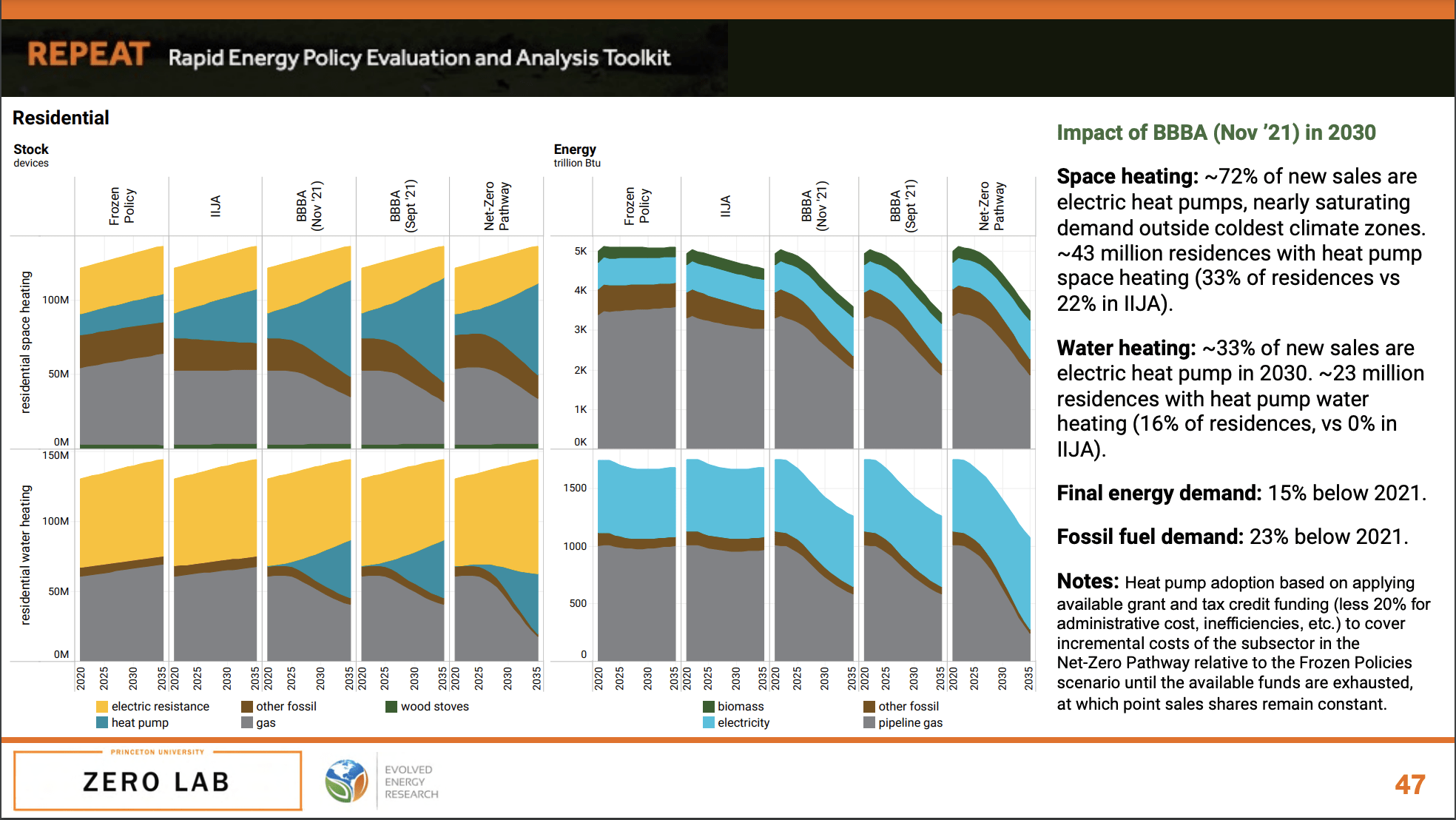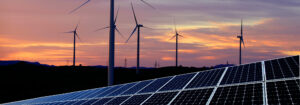Our hearts go out to the people of Ukraine during this time of unimaginable suffering and devastation of their homeland. We are moved by their courage as they fight a war of aggression caused by President Vladimir Putin of Russia. And we are disturbed and saddened by Russia’s ramping up efforts to target civilians and devastate the country as the war drags on.
Russia’s invasion has brought up challenging questions about global energy security, climate change, and the strength of democracies versus authoritarian governments. Americans are rightly anxious about the rising price of gasoline and home heating fuels. But we believe that moving to a future that embraces clean energy and energy efficiency is the best path to safeguard our nation and the world against the threats from hostile governments as well as the extreme threats from climate change. This is a moment that calls for transformation, not more of the energy status quo.
Energy efficiency, renewable energy, public transportation, and electrifying transportation and buildings are good for energy security
While there are calls to tap the brakes on a shift towards cleaner energy because of Russia’s aggression, the reality is that energy efficiency, renewable energy, and electrifying our homes and buildings, along with more public transportation, will make America more secure. As our Executive Director, Sarah Wright, noted in a recent interview on ABC 4 News, “Solar and wind don’t belong to a country, and they can’t be controlled by a country.” Admiral Dennis McGinn notes in The Hill, “Rapidly expanding our American and allied renewable energy portfolios protects us from dictators, price swings and a continuing fossil fuel-driven threat of geopolitical chaos. That is the 21st-century definition of true energy and national security.” A climate-safe energy strategy is entirely consistent with one that is better for energy security.
So, practically speaking, what would this look like? Here’s an idea:
- A strong push to weatherize and upgrade our homes and our buildings to reduce energy waste, especially in low-income and more vulnerable communities that have the highest energy burdens.
- Second, we should accelerate the transition to zero-emissions energy produced at home, like solar, wind, and geothermal, and invest in transmission and energy storage so it can have a grid that delivers clean electricity at all hours of the day.
- Third, we should incentivize electric and more energy efficient vehicles, including e-bikes, and public transportation options to reduce our reliance on oil for getting around.
- And finally, America should be incentivizing a switch of our heating and cooling systems to electric heat pumps to reduce the use of gas in our homes. Heat pumps are a perfect complement to a grid using clean energy and electricity rates have historically been much less volatile fossil fuels.
Simply boosting American fossil fuel production is not a sustainable solution
There are loud calls to ramp up domestic oil and gas production to lower prices and reduce our and our allies’ reliance on Russian oil and gas. While we are open to a compromise in shifting America’s energy resources, the reality is that boosting oil and gas production is not a sustainable solution to our energy security challenges. Exporting natural gas to Europe, for example, will take years of investment to create new LNG export facilities and the processing and transport of LNG would likely increase greenhouse gas emissions. More drilling is unlikely to result in significant relief for Americans at the gas pump or on their heating bills. But, as Rebecca Leber of Vox.com writes, investing a lot of new fossil fuel infrastructure “doesn’t achieve energy independence. But it would lock the world into a dangerous path for climate change.”
We will have to confront important issues with our future energy supply, including how to ensure that America and our allies have access to critical minerals and supplies to build a clean energy economy. But a path that prioritizes a rapid shift to energy efficiency and clean energy is the only path that will improve our security in the face of extreme weather and security risks from climate change.
National investments in clean energy and carbon pricing can help
Now is a perfect time to double down on transforming America’s energy systems. Americans are more open than ever to changing our energy sources and how we move around. Witness, for example, the embrace of telecommuting and working from home during the pandemic. National policy has a critical role in making the reduction in fossil fuel use permanent, not transitory.
So what does a pro-climate, pro-security national energy strategy look like? First, it means enacting the sort of investments in clean energy and energy efficiency envisioned in the “Build Back Better Act” that Congress debated last year. Princeton University’s REPEAT Lab found in their model that a robust package of national clean energy investments would reduce oil use for transportation use by 1/3 and gas use in buildings by 1/5 over the next decade. Incentives and investments can accelerate the trends we are already seeing because of the increasing affordability of electric vehicles and heat pumps. (Yes, you know you love this image below).

Second, carbon pricing has a major role to play in reducing fossil fuel demand. Carbon pricing would signal to major energy investors and consumers to accelerate the transition to zero-emissions energy resources and reduce long-term demand for fossil fuels. Adding a border-adjusted carbon tariff, as the “Baker-Shultz Carbon Dividend Plan” has proposed, would help reduce the power of countries that rely on exporting fossil fuels, like Russia. And refunding the funds back to American consumers would help soften the rise in energy prices.
The horror of Ukraine has reminded us that Americans have more in common than the bitter divides that seem to be locked into in our politics. Recent polling shows that Americans strongly support moving to clean energy and becoming carbon neutral by 2050. We should be working together to create an energy policy that makes America free not only from the tyranny of fossil fuel states and protect us from the devastation of climate change.






